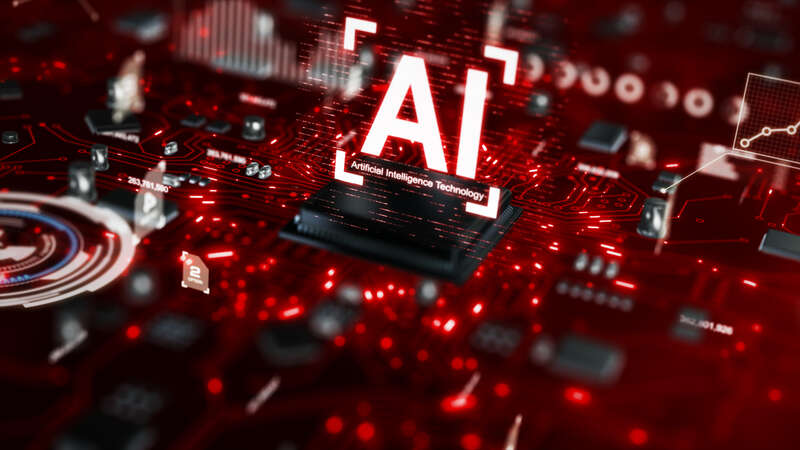I have been writing about telecommunications since the late 1970s, when videotext—an early precursor to the internet—was introduced. Even then, I recognised it as a game changer, shifting telecommunications from a technology-centric field to one that enabled societal and business applications. Over the years, I predicted many of the changes this shift would bring. While I was often correct about the nature of these changes, my timing was frequently off. The adoption of new technologies by broader communities always took longer than I anticipated.
Eventually, though, the transformation happened. Unfortunately, it created a divide between the “haves” and “have-nots.” Early adopters, despite facing challenges and setbacks, quickly mastered these technologies and used them to gain personal, business, and societal advantages.
AI: Following a familiar trajectory
The development of artificial intelligence (AI) mirrors these historical patterns. It is likely we will see a similar divide emerge: those who fully embrace AI—the “AI natives”—and those who choose to avoid it—the “AI abstainers.” Despite this, I am confident that in the future, we will look back and wonder how we ever managed without AI to streamline and optimise our everyday tasks.
This shift will fundamentally transform organisations. Just as the transition from steam power to electrification required factories to redesign workflows around decentralised, smaller motors, AI is poised to become the “thinking electricity” of our time—a new form of intellectual energy that will redefine work and productivity.
Energy as technology
When I think about energy, I also draw parallels to the telecommunications sector as it was in those early years. At that time, telecoms were dominated by expensive, centralised monopolies that controlled both infrastructure and pricing. Consumers had limited options, and innovation was stagnant.
Today, renewable energy is undergoing a similar transformation. Solar panels, wind turbines, and advanced battery technologies are redefining energy—not as a commodity tied to large-scale, centralised production, but as a modular, scalable, and innovative technology. This shift is monumental because it changes the way we think about and interact with energy.
Cost reductions and scalability
One of the most significant impacts of this transition is the potential for dramatic cost reductions. Traditional energy production relied on finite resources like coal, gas, and oil, which required costly extraction, processing, and distribution. In contrast, renewable energy technologies harness resources that are abundant and free, such as sunlight, wind, and water movement.
Because these systems are technology-driven, they follow a learning curve similar to what we have seen in the tech industry. As production scales up, costs decrease thanks to economies of scale and advancements in manufacturing. For instance, the cost of solar panels has dropped by more than 80% over the last decade. Batteries, too, are becoming cheaper, more efficient, and more versatile.
The role of AI in energy
AI is accelerating this transition by optimising how we produce, store, and use energy. It enables better prediction of renewable energy outputs by analysing weather patterns and historical data. AI also enhances battery performance by optimising charging and discharging cycles, extending their lifespan and efficiency.
AI plays a critical role in managing decentralised energy grids. It balances supply and demand in real-time, minimising waste and preventing disruptions. Smart systems can even tailor energy consumption, scheduling activities like EV charging during periods of low demand or surplus renewable energy.
Beyond optimisation, AI drives innovation in energy storage and distribution. It is helping researchers identify new battery materials and develop technologies like vehicle-to-grid systems, where electric vehicles act as mobile energy reserves.
Challenges and the path ahead
Despite its promise, this transformation is not without challenges. Outdated regulations entrenched legacy systems, and resistance to change remain significant hurdles. Governments and utilities must reimagine their roles in a world where energy is increasingly decentralised and guided by AI-driven systems. These barriers are similar to those that once existed in telecoms and led me to misjudge the timing of predicted outcomes. Change often takes longer than expected due to the inherent conservatism embedded within our society.
Renewable energy, powered by AI, is reshaping the energy sector, turning it from a costly commodity into an adaptable, innovative tool. Just as the internet revolutionised communication, this energy revolution is empowering communities, driving sustainability, and creating new opportunities. With AI as its catalyst, the shift is happening faster, smarter, and more equitably, paving the way for a cleaner and more connected energy future.











